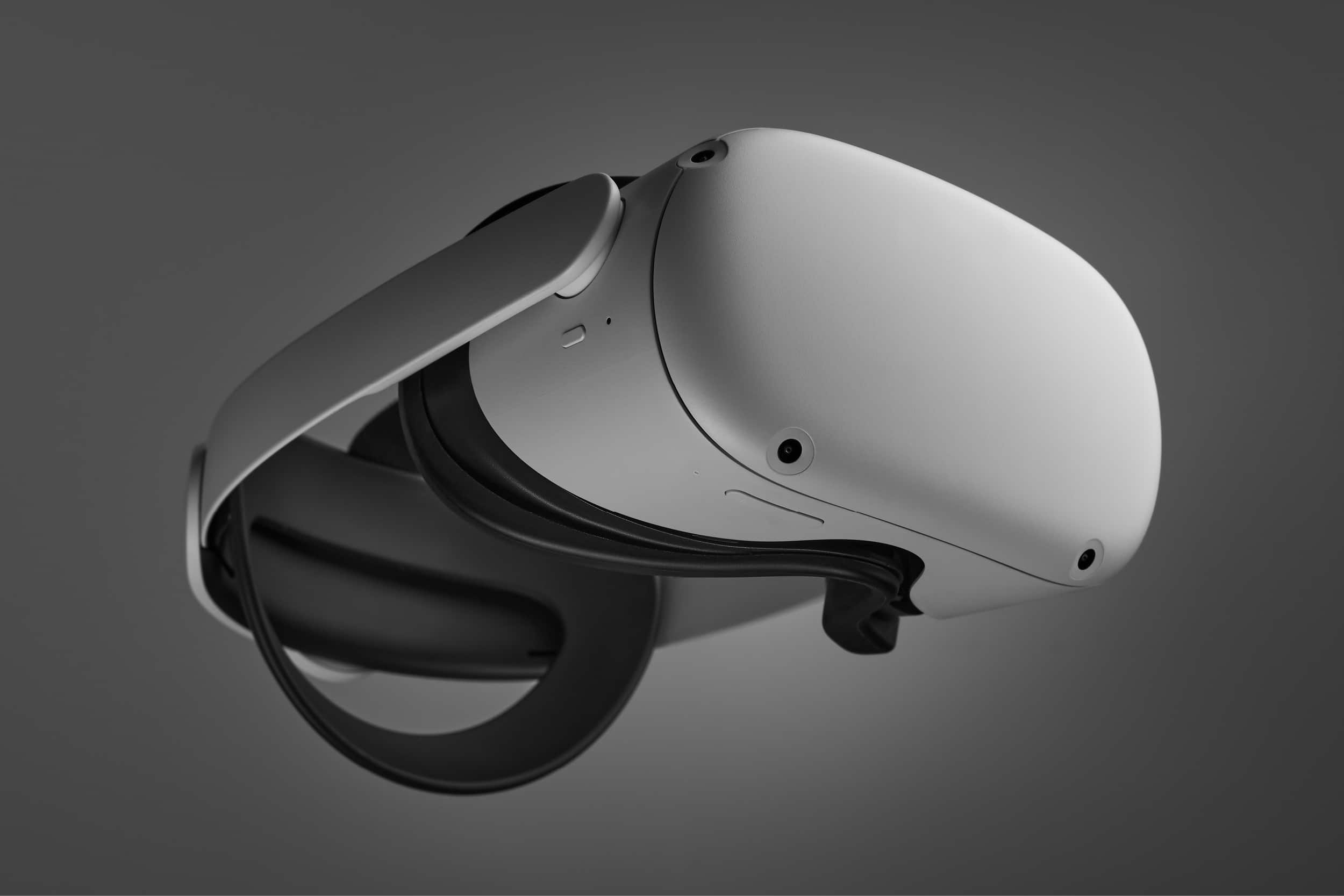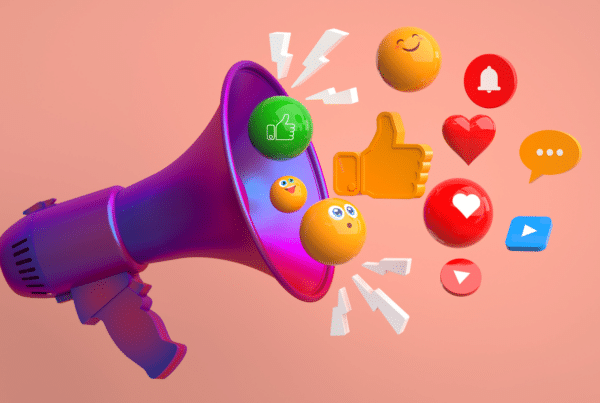The digital marketing landscape will shift significantly in 2026. Incremental changes happening now are building toward major transformations. To stay competitive, you need to anticipate what comes next and act on it quickly.
What Is Driving Change
Several forces will shape the marketing environment in 2026.
The rise of generative AI and conversational interfaces is changing how people find information, moving from keyword searches to AI-assisted answers.
Privacy, data control, and stricter regulations will reshape how you collect and use data.
Audiences are tired of inauthentic content. You will need to be intentional and credible to maintain trust.
Evolving attention patterns, fragmented platforms, and new media formats such as voice, AR, and VR will require flexibility in content planning.
Here are the top digital marketing trends to prepare for in 2026.
1. From SEO to GEO (Generative Engine Optimization)
Users are shifting toward conversational AI agents like ChatGPT, Gemini, and Perplexity. You will need to optimize content for generative engines that compile and deliver synthesized answers. This practice is called Generative Engine Optimization (GEO) also known as Answer Engine Optimization (AEO), AI Search Optimization, Generative AI Optimization, or Large Language Model Optimization (LLMO)! (Wikipedia).
What you can do:
- Use structured data such as schema, FAQs, and definitions so AI systems can read and cite your content.
- Build authority through consistent, factual, and expert material.
- Track how AI tools reference your content and update accordingly (ROI Amplified).
2. AI as the Foundation of Every Marketing Asset
AI will support every stage of marketing. It will help you generate, test, and adapt content across channels.
Reuters reports that Meta aims to automate advertising fully with AI by 2026 (Reuters). Personalization will expand to real-time experiences on websites and emails.
What you can do:
- Integrate AI platforms across CRM, analytics, and creative production.
- Define clear rules for human review and data auditing.
- Collect behavioral data early to refine predictive models.
3. Hyper-Personalization With Privacy
People expect relevance but value privacy more. You will depend on first-party data and direct consent to personalize content.
Third-party cookies will disappear, and real-time segmentation will replace broad audience groups (Smart Insights).
What you can do:
- Gather user preferences progressively through surveys and interactions.
- Create identity graphs that respect consent and compliance.
- Use AI to recommend next actions without overstepping boundaries.
4. Conversational and Voice-Driven Interfaces
Voice assistants, smart devices, and chat interfaces are becoming the main entry points for information. Voice searches already exceed 8.4 billion devices worldwide (Statista).
What you can do:
- Write content that answers questions clearly and conversationally.
- Make key details such as product specs and FAQs accessible to voice engines.
- Add chat or voice features to your website for smoother interactions.
5. Authentic Brand Narratives
Audiences are choosing honesty over hype. They respond to brands that speak with clarity and consistency rather than exaggerated claims. You should focus on communication that feels real, steady, and credible.
What you can do:
- Share real customer experiences and behind-the-scenes work.
- Build communities instead of chasing follower counts.
- Publish meaningful updates that educate and inform.
6. Immersive and Interactive Experiences
AR, VR, and mixed-reality tools will make your content more engaging.
Brands are using AR for try-ons, VR for showrooms, and 3D displays for products.
What you can do:
- Pilot AR or VR content for key products or services.
- Add interactive elements such as quizzes and configurators.
- Partner with technology providers that support immersive formats.
7. Video and Short-Form Content
Video remains dominant, and short formats will continue to grow.
Nearly 90 % of advertisers will use generative AI to create video ads by 2026 (IAB). Viewers prefer short clips that lead them to more detailed material (Amgro Digital).
What you can do:
- Use short videos to capture attention and link to longer content.
- Include authentic behind-the-scenes material.
- Automate captions and edits to improve efficiency.
8. Community and Creator-Led Growth
Creator partnerships will drive brand credibility. Audiences trust people more than logos.
Agencies expect micro-influencers to deliver stronger engagement than major celebrities.
What you can do:
- Work with creators who align with your tone and values.
- Build private communities where loyal users can share feedback.
- Let community insights inform your content planning.
9. Unified Systems Over Campaigns
Marketing is moving from isolated campaigns to integrated systems. Content, CRM, and automation tools must connect seamlessly.
Smart Insights notes that the most effective marketers run continuous, interconnected systems instead of one-time campaigns.
What you can do:
- Maintain a structured content hub.
- Use behavioral triggers for audience flows.
- Add AI for real-time scoring and reporting.
10. Measurement, Attribution, and Trust
You will face tougher challenges in proving impact as privacy rules tighten and platforms restrict data access.
Multi-touch attribution and lift studies will replace outdated last-click models. Transparency around data collection will become mandatory.
What you can do:
- Combine first-party data with cross-channel event tracking.
- Report results clearly and verify data sources.
- Measure true value instead of vanity metrics.
The Imperative for 2026
Your success in 2026 depends on clarity, trust, and readiness. Build processes that integrate AI responsibly. Focus on credibility and transparency. Measure results with precision. The marketers who act now will lead the next phase of digital growth.
Interested in how marketing evolved year over year? Read our previous article, Digital Marketing Trends to Watch in 2025, to see how last year’s predictions compare with today’s reality.
If you want to create impactful video content that connects with your audience and enhances your brand storytelling, contact us to explore our CGI and video production services.






